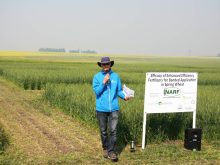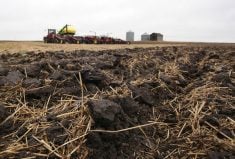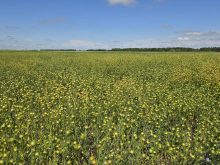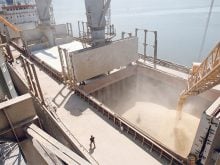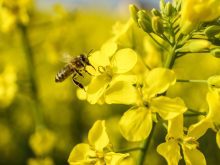Alberta beekeepers are pondering ways to continue hive health monitoring programs after a three-year honeybee pest surveillance program ends this fall.
Continued research into bee health is especially important in a province where the hybrid canola seed industry depends on bees for crop pollination and where beekeepers are paid to provide pollination services.
“How do we create a sustainable, high health program so that we can bring strong, healthy hives to pollinate hybrid canola?” beekeeper Jerry Poelman said at a field day earlier this month.
Read Also
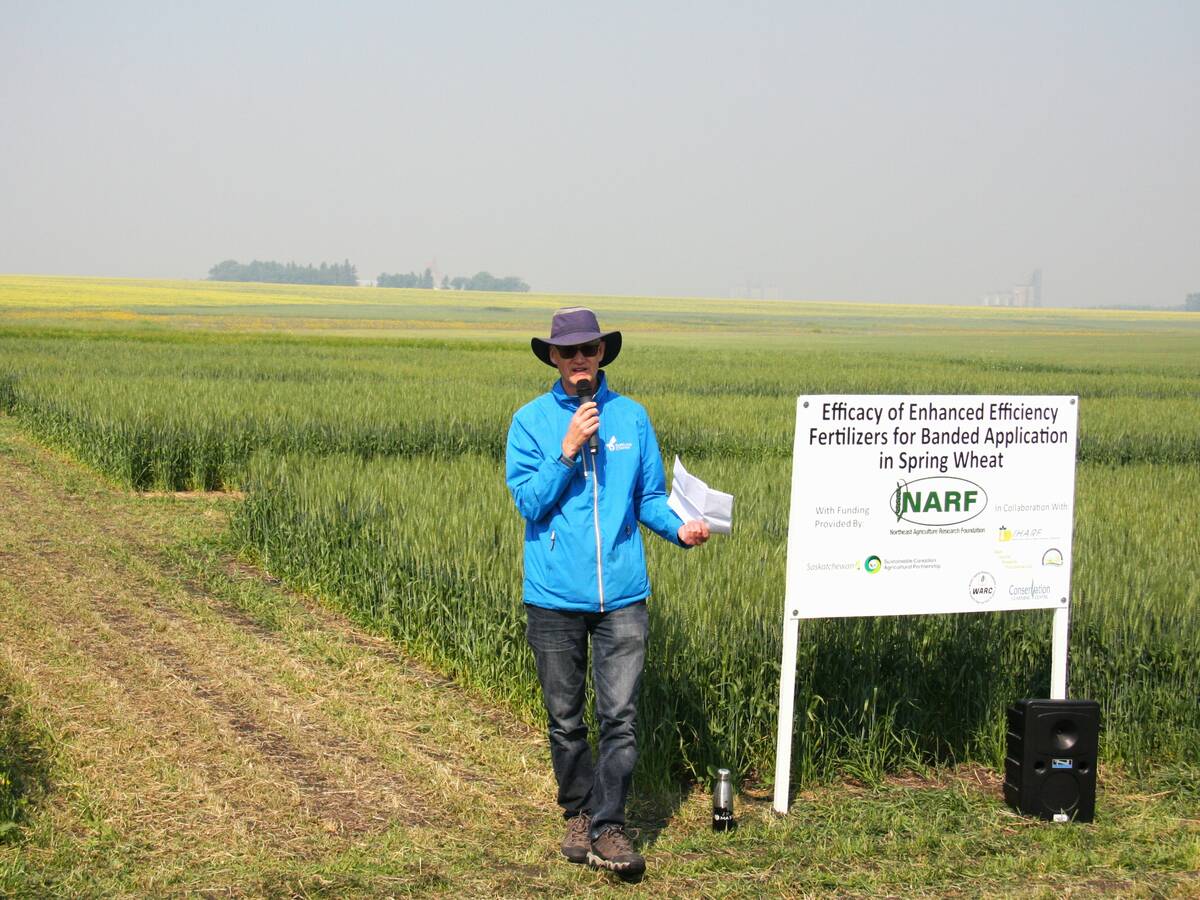
Fertilizer method’s link to emissions studied
A researcher says others studying greenhouse gas emissions aren’t considering how the loss of nitrogen into the atmosphere correlates with fertilizer application or if there is an impact to yield.
“We have some ideas how to do it, but we need to maintain it at some level so we know what direction the bee health is going.”
Provincial apiculturist Medhat Nasr told honey producers that the surveillance program, which is unique to Alberta, has been successful.
Alberta is the only province to steadily increase hive numbers since huge losses occurred in 2006-07. The losses were attributed largely to varroa mite infestations and related bee-killing viruses.
The hive health program helped beekeepers and honey producers better identify varroa mite and nosema infections and take prompt action to control problems.
Nasr said 2010 figures from the surveillance program show 80 percent of Alberta hives are healthy and few have problems with varroa mites. However, continued monitoring will be essential to ensure mites and disease don’t develop resistance to treatment measures.
Apivar is key to varroa mite control, but no replacement is available if varroa mites become resistant. Mites have already developed resistance to Apistan and Checkmite.
Some work is being done to develop other controls, but Nasr said more research is needed.
“We need to start building now, to have more tools in our toolbox to help you guys be sustainable,” he said.
Alberta’s 769 beekeepers maintain 266,482 hives and produce 30,000 tonnes of honey a year. Most of it is exported to the United States, Japan and Europe.
Beekeepers also earn income from pollination services.
About 50,000 acres of hybrid canola seed are grown in southern Alberta and depend on honeybees and leafcutter bees for pollination.
Seed companies pay honey producers $150 to $200 per hive for use of their bees.
Poelman said the payments cover cost of production, which has stabilized the industry and allowed producers to expand and profit from honey sales.
“We want to secure this industry because it’s extremely profitable for seed companies, the producers, the farmers, and we need to make sure that we can maintain healthy strong hives that supply the pollination services that we’ve been asked to do,” said Poelman.
“There’s a whole world of disease out there that we don’t really understand when it comes to the viruses and how they work and how they kill a colony or make them sick.”
The soon-to-expire inspection and surveillance program was funded by Alberta beekeepers, the hybrid canola pollination industry, the Alberta Crop Industry Development Fund and the federal Growing Forward program.





